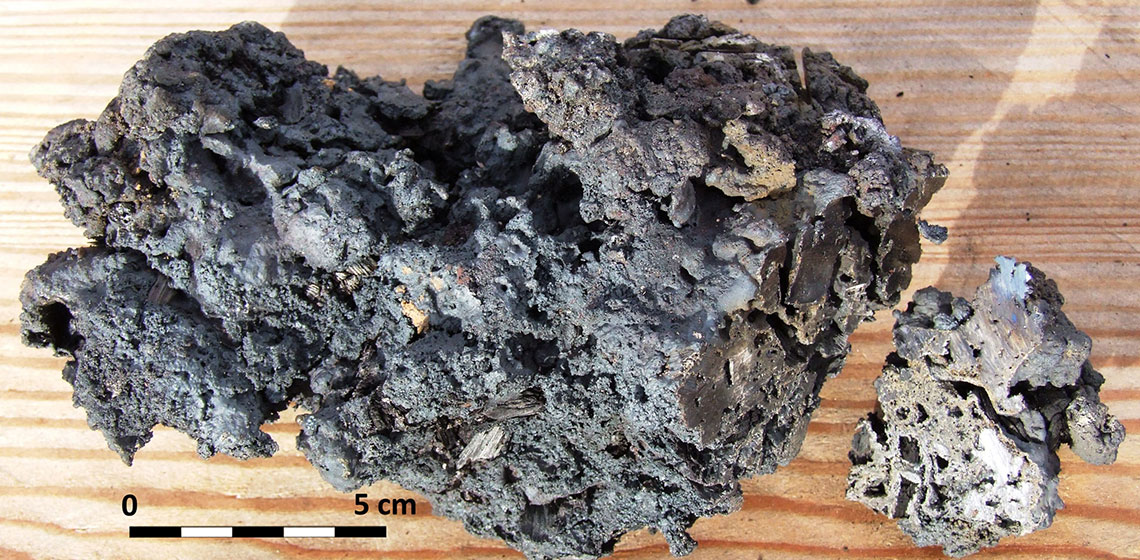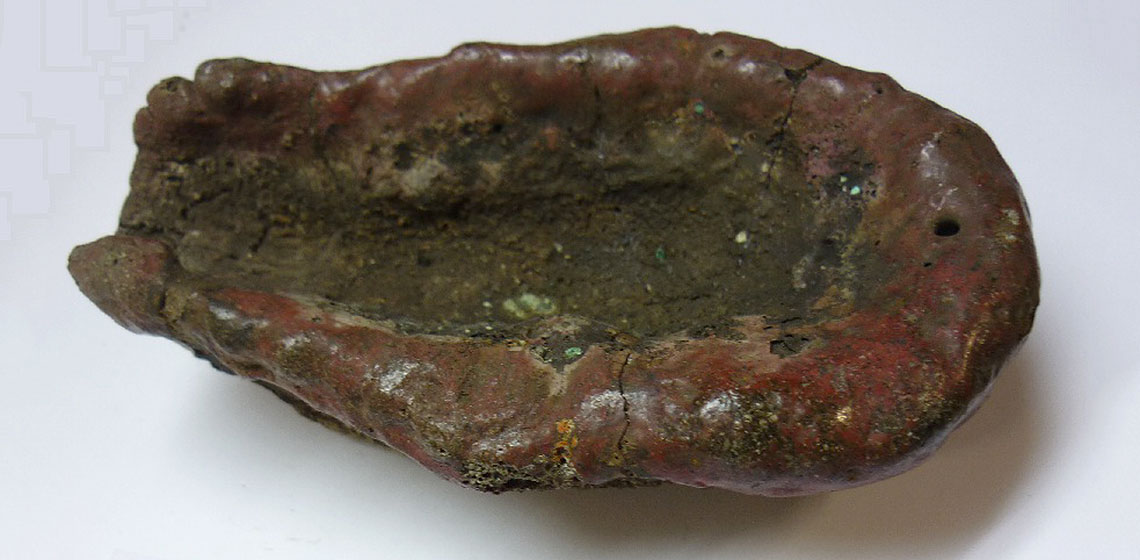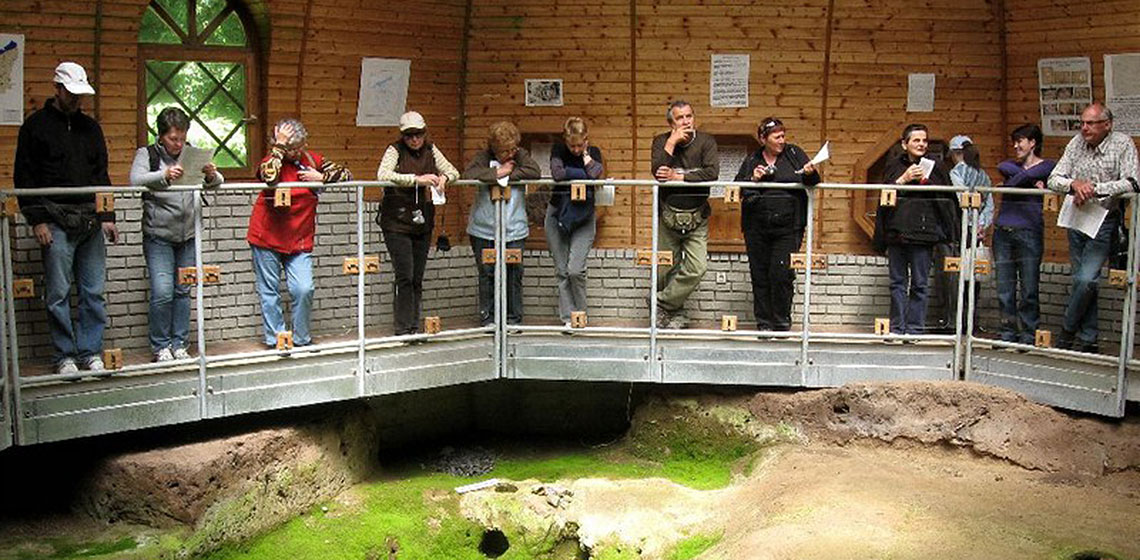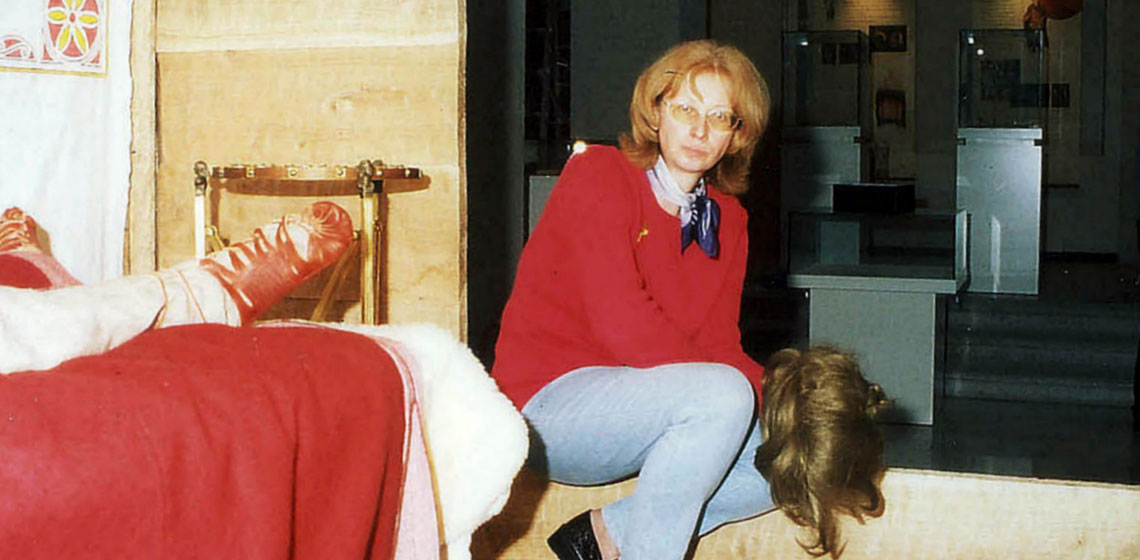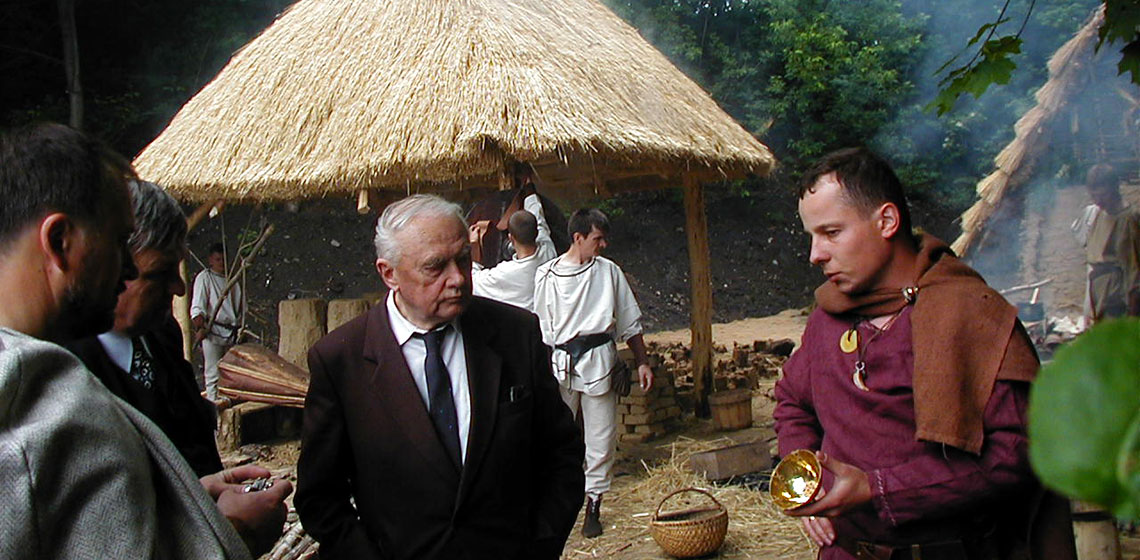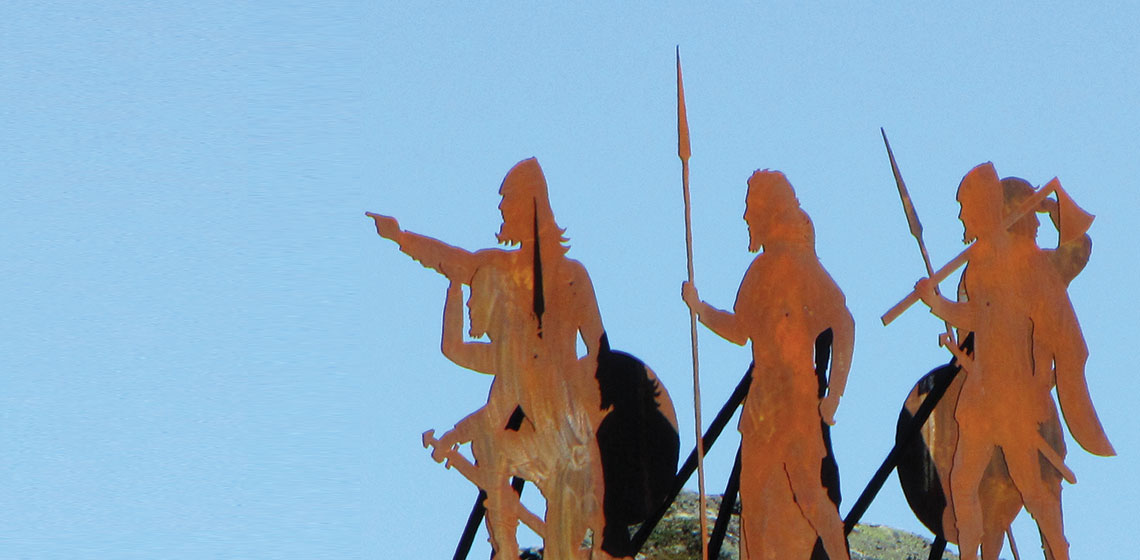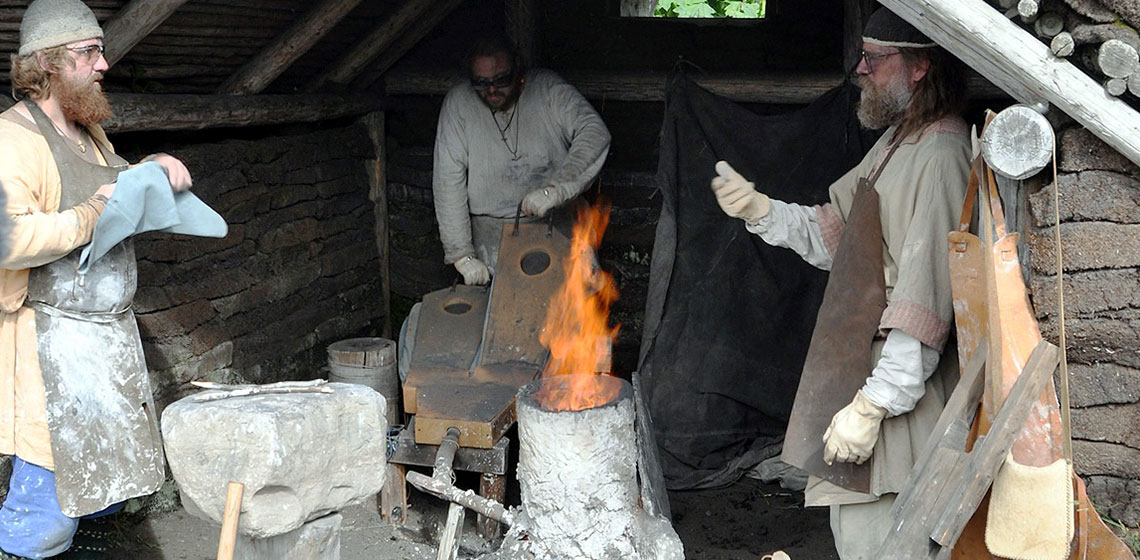smelting
Event Review: 1st Bloomery Seminar, Starachowice 2013
Experiments performed in Starachowice, like many others ŚSDP1 activities,are a continuation of research on ancient metallurgy in the Holy Cross Mountains which was initiate
Copper + Tin + People: Public Co-Smelting Experimentation in Northwestern Iberia
***In the present paper an experiment made in north-western Iberia for producing bronze using local ores and similar techniques to those perhaps practiced by the ancient prehistoric metallurgists during Bronze Age is described...
The Production of High Carbon Steel Directly in Bloomery Process: Theoretical Bases and Metallographic Analyses of the Experiments Results
***The series of experiment on iron smelting conducted by author in 2012 resulted in very good quality high carbon steel produced directly in the bloomery furnace. Bearing in mind the unusual mechanism of carburization in a 'Aristotle furnace', a question arose concerning possibility of occurrence the same phenomenon during the smelting process. This paper discusses the results of the metallographic studies of produced iron as well as the description of the conducted experiments.
The Quality of the Craft
Event Review: Fourth Iron Smelting Camp in Hungary
Interview: Dr Rosemarie Leineweber
Obituary: Kazimierz Bielenin (29 January 1923 - 19 November 2011)
50th Anniversary of L’Anse aux Meadows, Newfoundland, Canada
The summer of 2010 saw the 50th anniversary of the discovery of the Viking Era site at L’Anse aux Meadows in Newfoundland Canada. To celebrate this milestone Parks Canada arranged a number of special events, including an August visit from the Dark Ages Re-creation Company (DARC)...
"But if you don't get any IRON..." Towards an Effective Method for Small Iron Smelting Furnaces
Building and operating a small bloomery iron furnace is certainly a wonderful public demonstration for any museum or living history site. It is however a complex technical process, with many individual factors combining for success. Over the last decade in North America, small teams of blacksmiths have developed predictable working methods through trial and much error. This direct practical experience can provide some insights into questions that even the best researched theories may not be able to solve.

